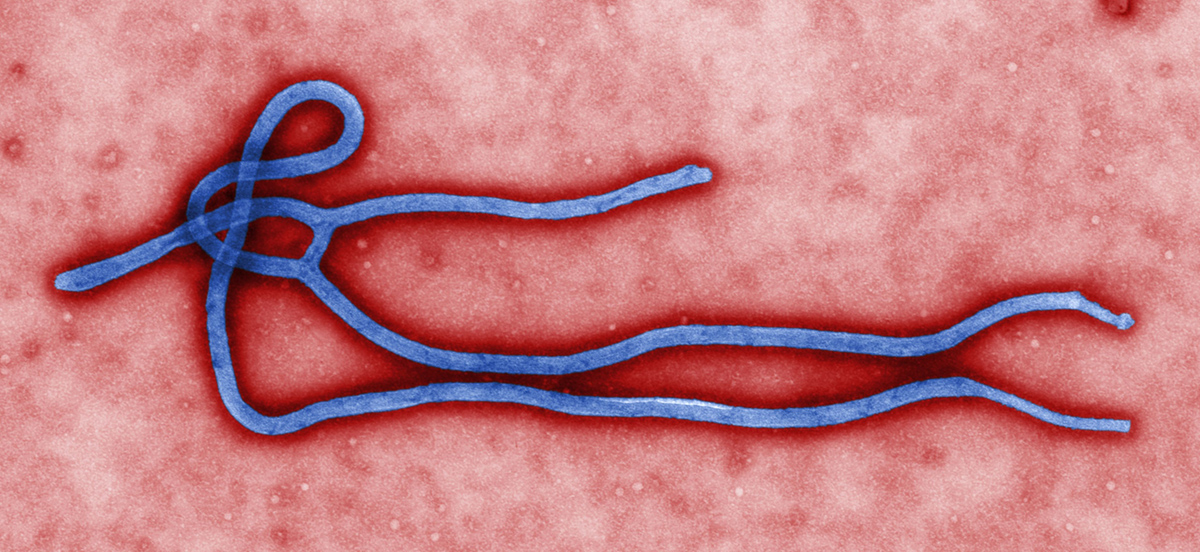
What is Ebola?
Ebola is a viral hemorrhagic fever caused by one of the following viruses: Sudan, Zaire, Bundibugyo, Reston and Cote d’Ivoire. The virus got the name from Ebola River in Congo (formerly Zaire) which is in the whereabouts of the first recognized Ebola outbreak. When it comes to the transmission, Ebola virus is mostly spread through direct contact with the blood tissues and bodily fluids of the infected individual while another way of transmission is handling dead or sick animals that have been infected with the virus.
Treatment
Ebola is one of the deadliest viral infections that results in the death of 50% to 90% of the infected individuals even with the applied treatment. This is because all known treatments just alleviate the symptoms associated with the disease, failing to kill the actual virus. This approach is referred to as supportive care, and includes the use of antibiotics to stop the occurrence of secondary bacterial infections drugs aiding fever control, blood pressure maintenance and blood clotting; intravenous administration of electrolytes and fluids, oxygen and other breathing facilitating devices and nursing care. Scientists are still unable to account for survival cases but it can be said for sure that those with a fatal outcome were unable to develop a proper immune response to the virus prior to their death.
Prevention
The only way to prevent Ebola is to stay away from bodily fluids of the infected persons and Ebola victims. Medical workers learn how to recognize the disease and isolate the infected individuals. Ebola outbreaks have a devastating impact when they occur. In Africa, health-care workers are facing many challenges to prevent this deadly virus. One difficulty is that science has not been able yet to establish the animal host of Ebola virus. In addition, the overall living conditions in Africa, including those in health care facilities only contribute to the spread of an epidemic. Medical staff is trained to recognize the cases of Ebola virus and apply diagnostic tests and isolation techniques. The protective measures includes the sterilization of all equipment and isolation of the infected patients from unprotected people. Medical staff working with Ebola patients is obliged to wear protective gloves, gowns, masks and goggles.
Cure
Ebola vaccine has not been licensed yet and is still undergoing tests and trials. Researchers are working night and day to find the vaccine that would prevent hemorrhagic fever from even developing so until the science comes up with another solution time is the only cure for Ebola.


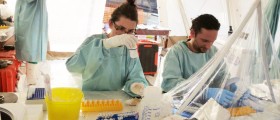
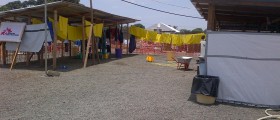
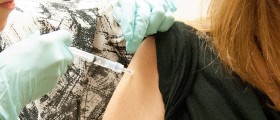
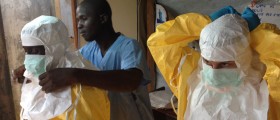
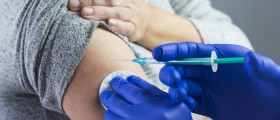




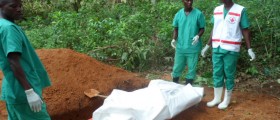



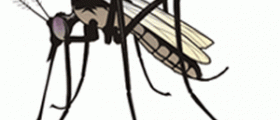
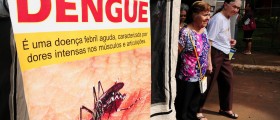
Your thoughts on this
Loading...